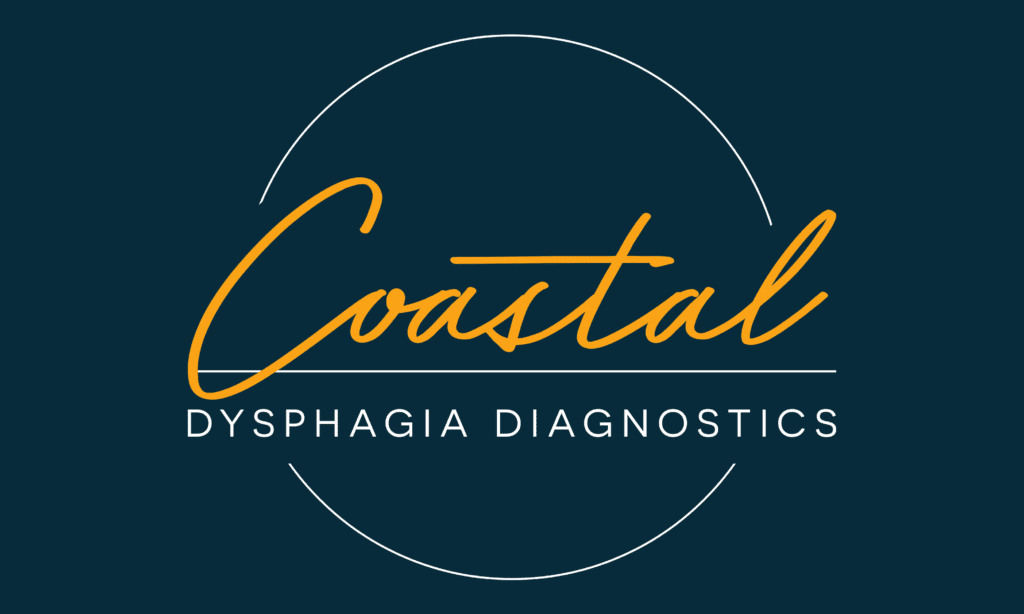I was first introduced to manual therapy after my colleagues and I welcomed Walt Fritz, PT, to present his seminar titled Foundations in Myofascial Release Seminar for Neck, Voice, and Swallowing Disorders at our hospital-based clinic in Flagstaff, Arizona, in 2019. I was initially drawn to this treatment for use with patients with head and neck cancer, which was a population that I was actively involved in caring for at the time; however, after taking the course and utilizing this modality with my patients, I couldn’t help but appreciate the growing level of evidence for the use of manual therapy with a variety of patients with voice and swallowing disorders. As I set out to build my private practice earlier this year, I knew this was a modality I wanted to be able to continue to offer my patients, and I felt it may be time for a “refresher.” Luckily, I had the opportunity to take a second course with Walt in February at his seminar in Las Vegas, NV. It was at this second seminar that I was able to fully grasp the benefits of this functional and patient-centered model of care as well as the wide range of literature to support its use. As a clinician who values a patient-centered model of care, I am naturally drawn to this technique and its benefits.
So, what is manual therapy?
I’m often initially asked, “What is it?” Manual therapy, of which myofascial release (MFR) is a subset, involves applying gentle and sustained pressure into the fascial tissue to reduce or eliminate soft-tissue tension/tightness, therefore improving function and the ability to vocalize or swallow. This modality relies heavily on the skill of the clinician and their knowledge of the protocol. Manual therapy is seldom used as a stand-alone intervention and should be combined with functional skill training.
When can manual therapy be used?
Manual therapy can be used with a variety of patients. Common diagnoses that benefit from the use of manual therapy include:
- Trismus/TMJ-related conditions
- Tongue or vocal tension
- Voice disorders, including muscle tension dysphonia, spasmodic dysphonia, vocal fatigue, loss of range and volume, and pain with voice use
- Post-radiation or surgical scarring with functional limitations
- Post-radiation fibrotic changes
- Upper airway-related issues
- Oral, pharyngeal, or esophageal dysphagia
- Globus sensation
- GERD
How is manual therapy patient-centered?
Manual therapy relies on both verbal and non-verbal feedback from the patient in order to be successful. Patient-directed interviewing and probing questions are essential for a balanced clinician and patient dynamic. The patient should have more control over the direction of the treatment than the clinician. An open line of communication should be pursued with the patient having control over the areas that are addressed, the amount of pressure, and the length of the stretch.
Interested in learning more?
Please contact me to learn more about the use of manual therapy for voice and swallowing disorders. I am happy to provide a free consultation with more detailed information on this approach and answer any questions you may have. I also encourage fellow speech-language pathologists to learn more about this approach and to consider taking a seminar.


